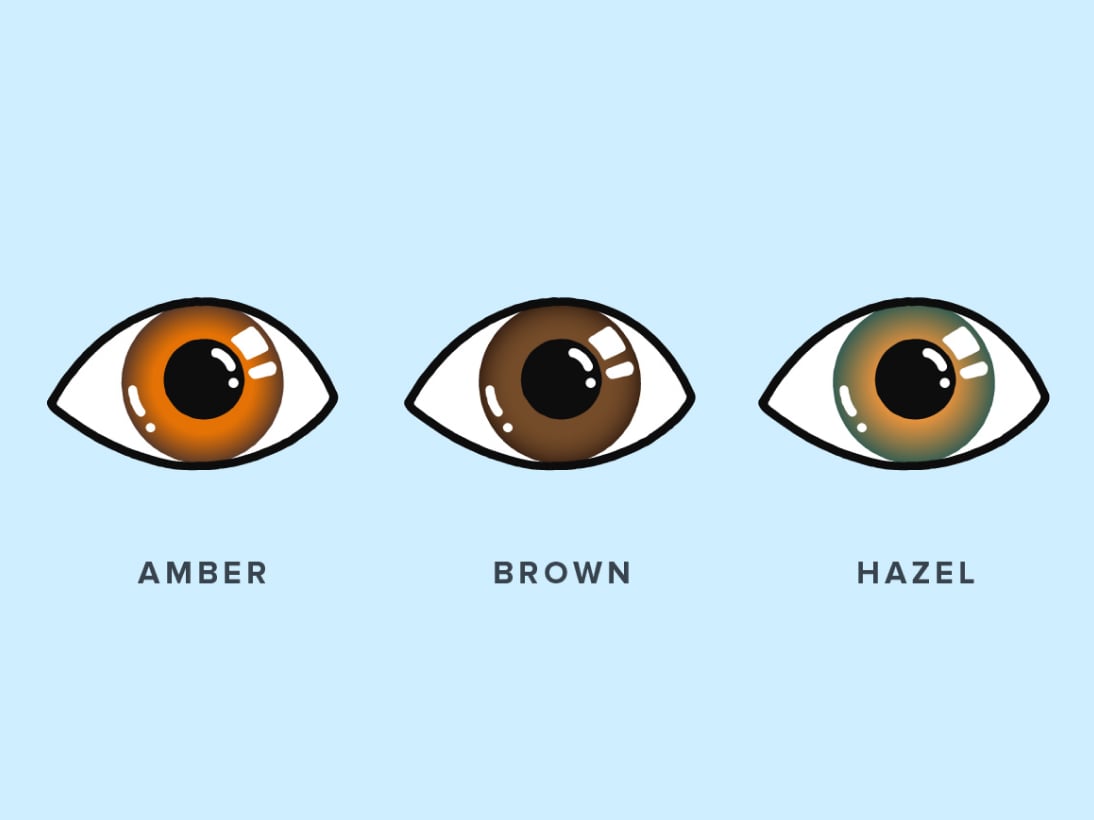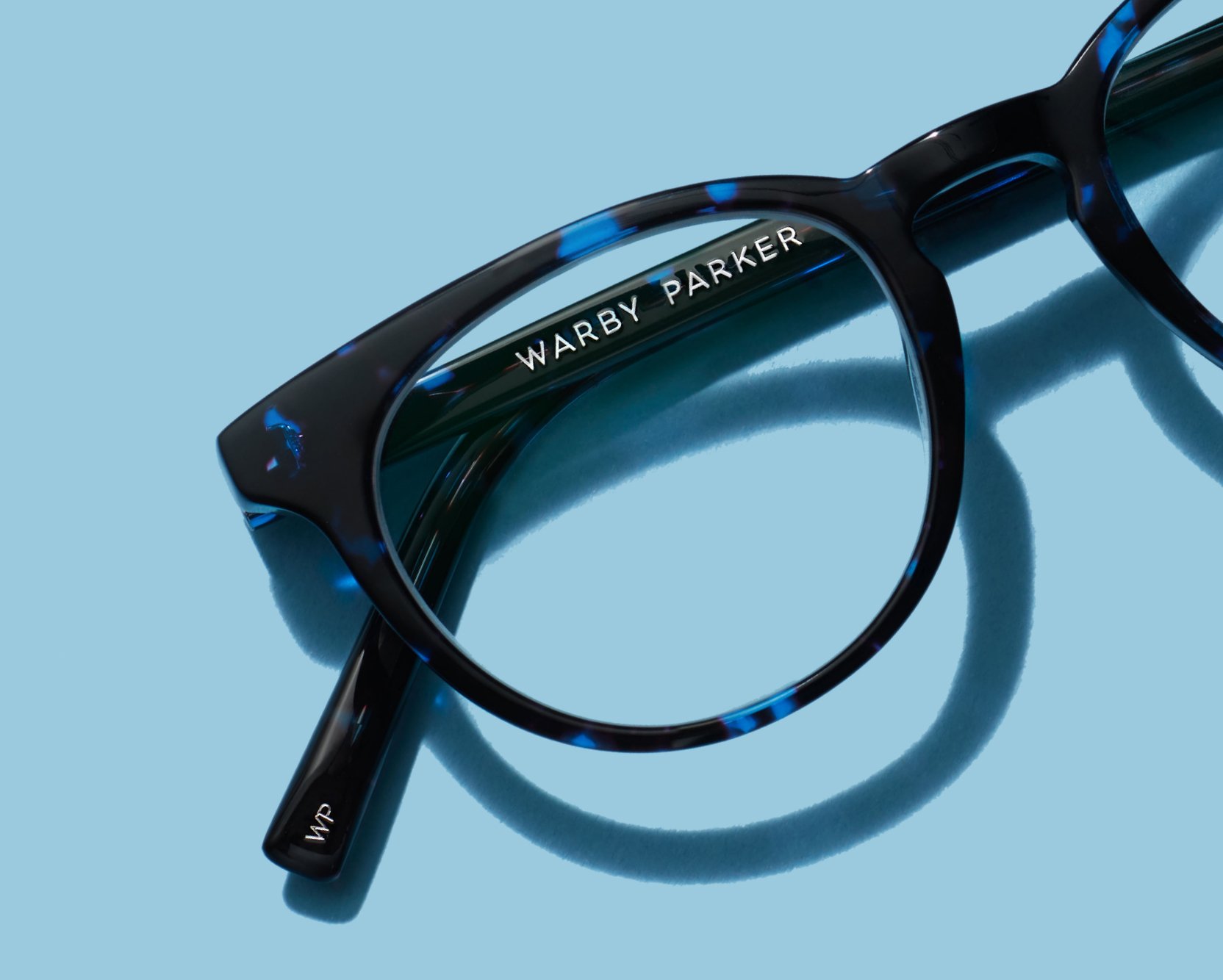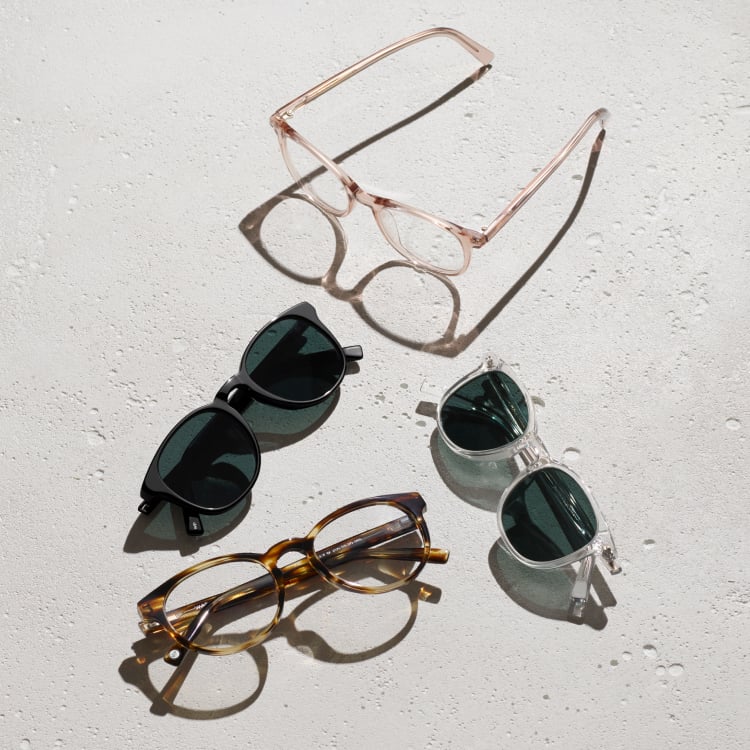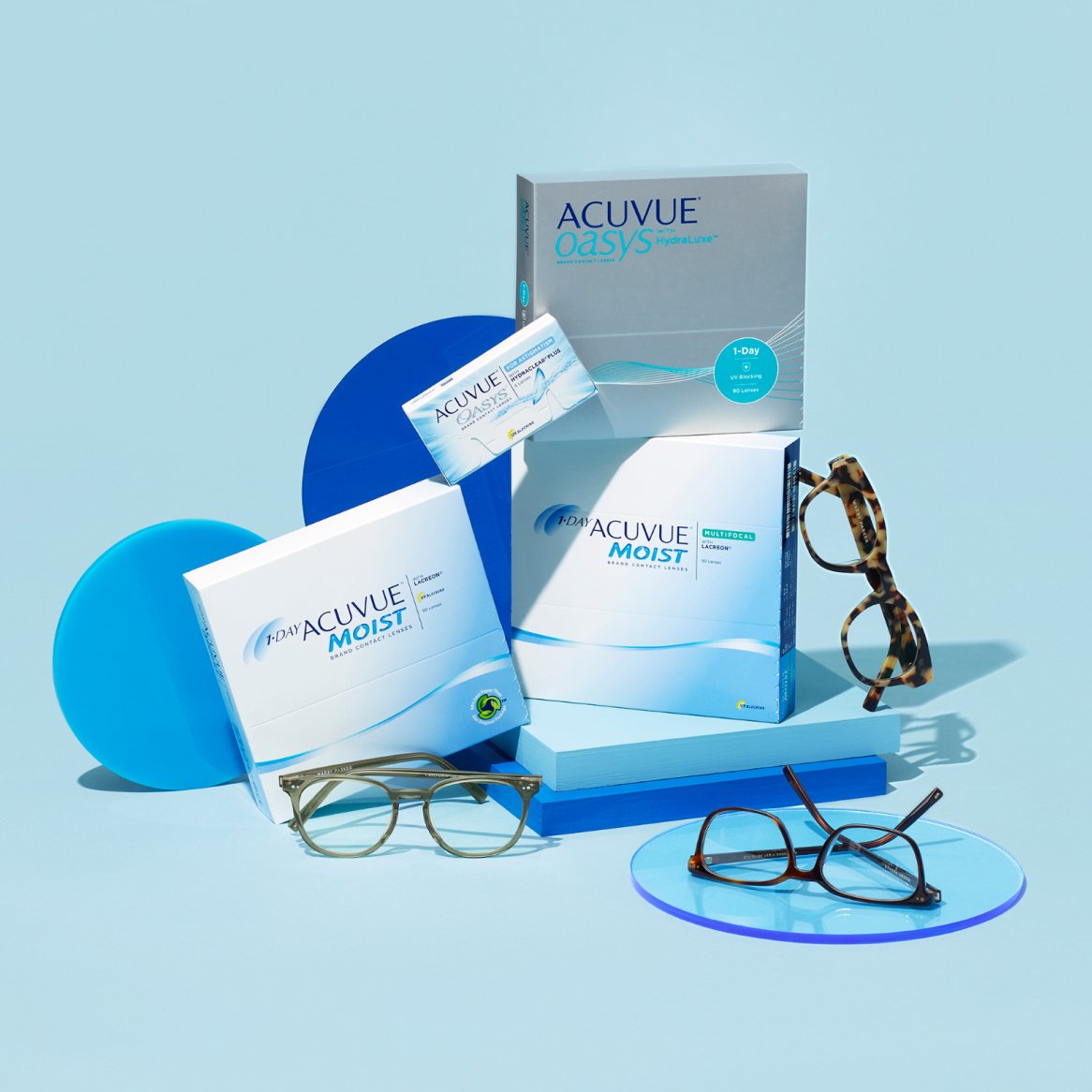Unless you’ve seen a pair of them before, you may be wondering if amber eyes are even real. Many photos would leave you thinking that there’s no way they could be a natural eye color—they have to be colored contacts, right?
Not always! Amber eyes are real, indeed. Let’s explore this striking eye color together a little more closely.
How Rare Are Amber Eyes?
Amber eyes are extremely rare. Most sources say that only about 5% of people have true amber eyes.
Coming up with a hard and fast number or percentage, though, is not as easy as you might think—there simply haven’t been enough large-scale studies done to quantify eye color prevalence with certainty. Plus, the rarity of eye colors tend to vary depending on where you are in the world. So, if you’re wondering exactly how many people have amber eyes, we’re sorry to say we can’t give you a precise answer.
Your chances of spotting someone with this eye color while you’re out and about may be slim, but you’re sure to see amber eyes on an animal at some point—animals such as cats, dogs, wolves, eagles, or owls are likely to sport this awesome eye color.
What Causes Amber Eyes?
Just as it is with other eye colors, amber eyes are determined by genetics and the amount of melanin pigments in the eye. There are two types of melanin—eumelanin, which is dark brown-black, and pheomelanin (also called lipochrome), which is a lighter reddish-yellow. Most sources say that amber eyes comprise a higher level of pheomelanin, giving them their golden glow.
What Color Are Amber Eyes Exactly?
If we’re talking about the color amber in general, it falls somewhere between yellow and orange on the color wheel. It gets its name from the material amber, which is actually fossilized tree resin (remember the mosquitos trapped in amber in Jurassic Park?).
Amber is valued as a gemstone for its striking color, and it has been used to craft jewelry and all kinds of decorative items for ages. Amber can be found in a wide range of colors, but most commonly, it’s some shade of a yellow-orange-brown mix.
Like the gemstone they’re named for, amber eyes can exist in a variety of shades. You can think of amber eyes as being a light brown color with either a golden or copper tint to them. Amber eyes are sometimes called golden eyes when their shade leans toward the yellow hue.
Amber Eyes vs. Brown Eyes
Amber eyes are lighter than brown eyes. While both amber eyes and brown eyes have the same pigments, amber eyes are heavier on the pheomelanin (lighter red or yellow hues), whereas brown eyes are heavier on the eumelanin (dark brown-black). You could consider amber a shade of brown, but amber eyes are lighter and will have a yellow or reddish-orange hue to them.
Amber Eyes vs. Hazel Eyes
Some people mistakenly believe that hazel and amber eyes are the same color, but this isn’t the case at all—there are obvious differences between the two. Hazel eyes are often a blend of green and brown, but you wouldn’t see any green in amber eyes. Also, amber eyes typically appear as a more solid color, while hazel eyes seem to contain flecks of different hues (possibly even specks of amber).
Whether Amber or Any Other Color, Your Eyes Are Unique
If you find yourself wishing you had amber eyes, you could always consider wearing colored contact lenses. But, just remember that your eyes are unique and beautiful, no matter their shade. We’ll be right here, ready to help you find the perfect glasses to accentuate their color (or contacts to keep them fully unobscured).







